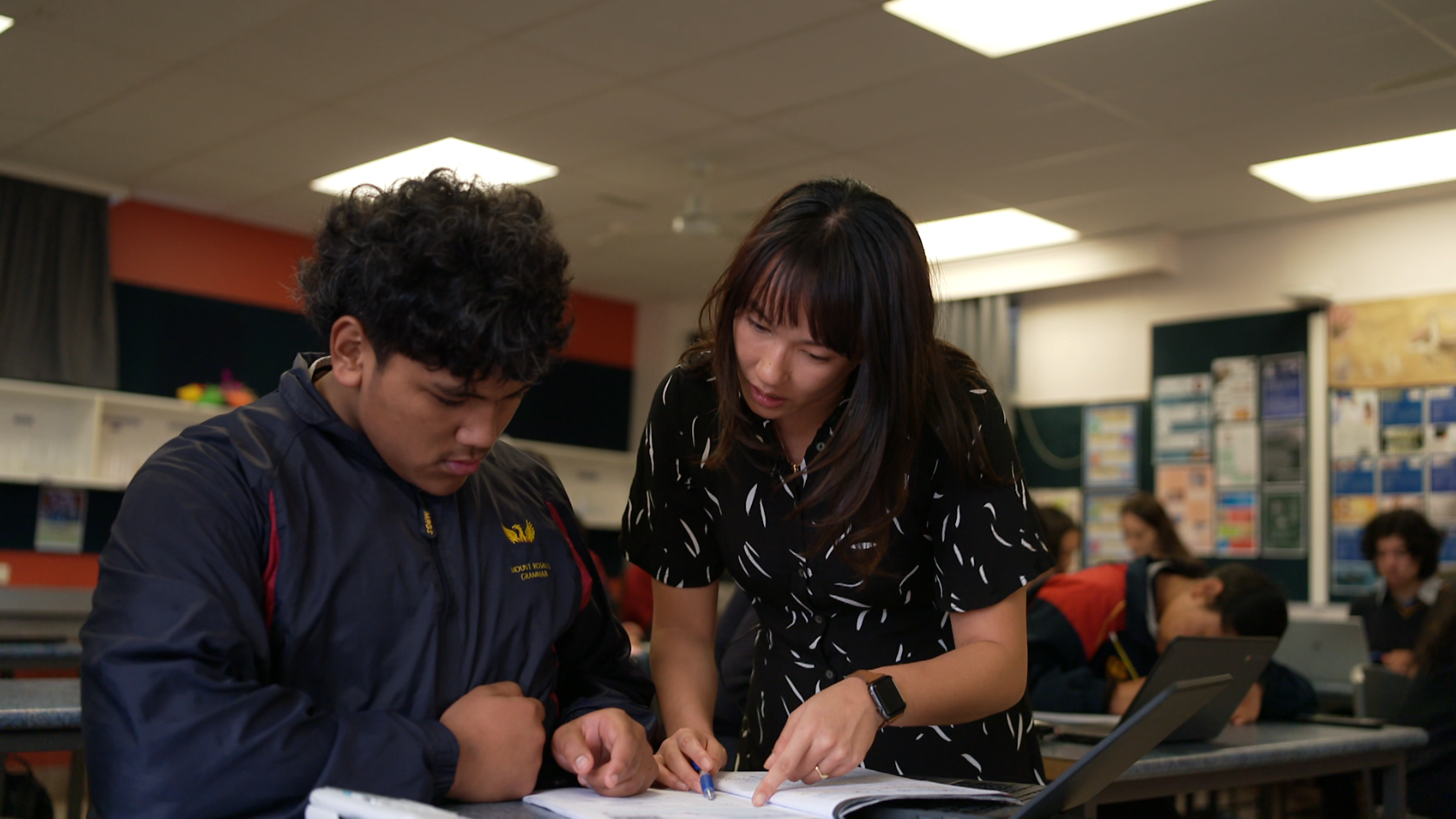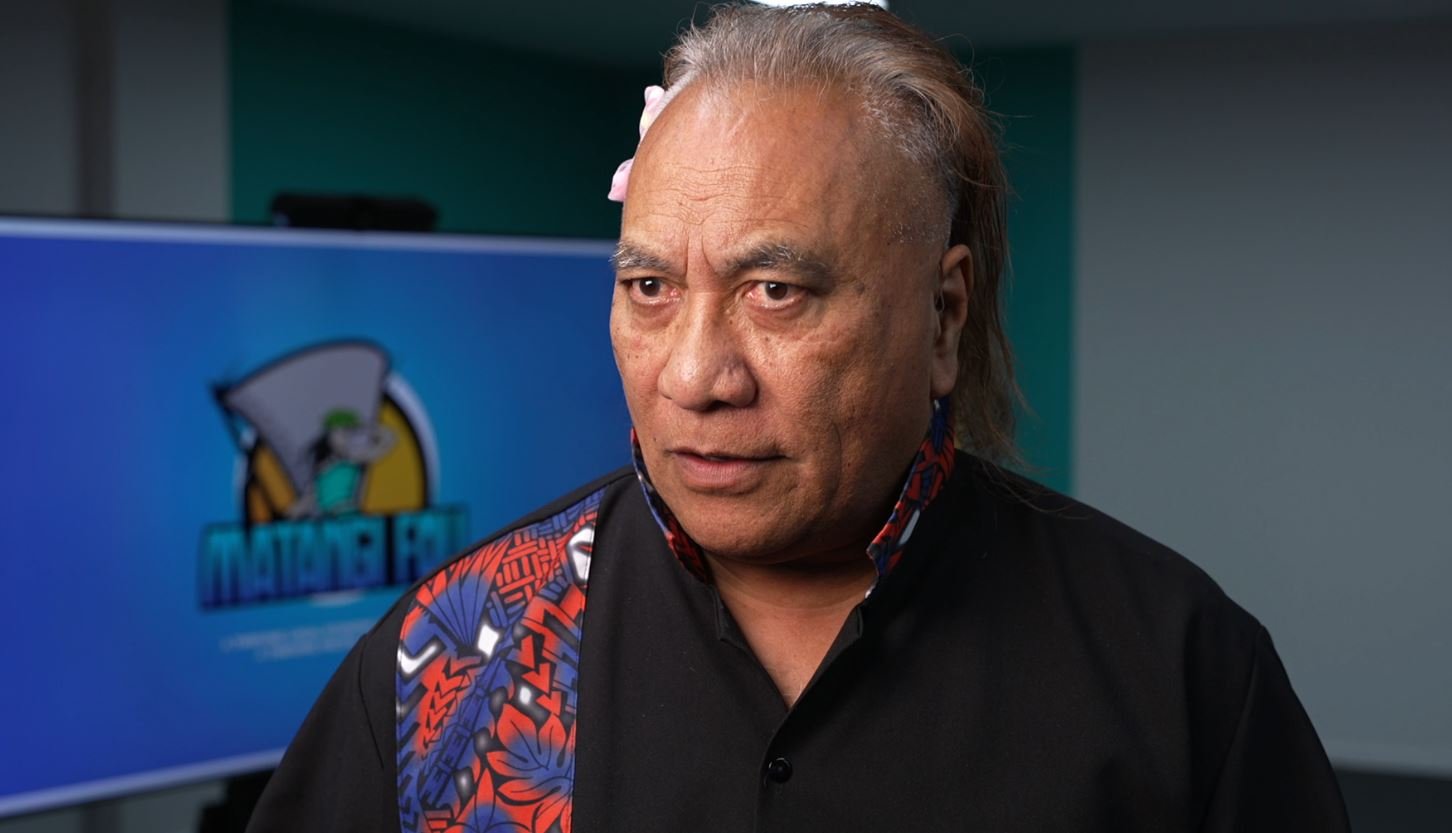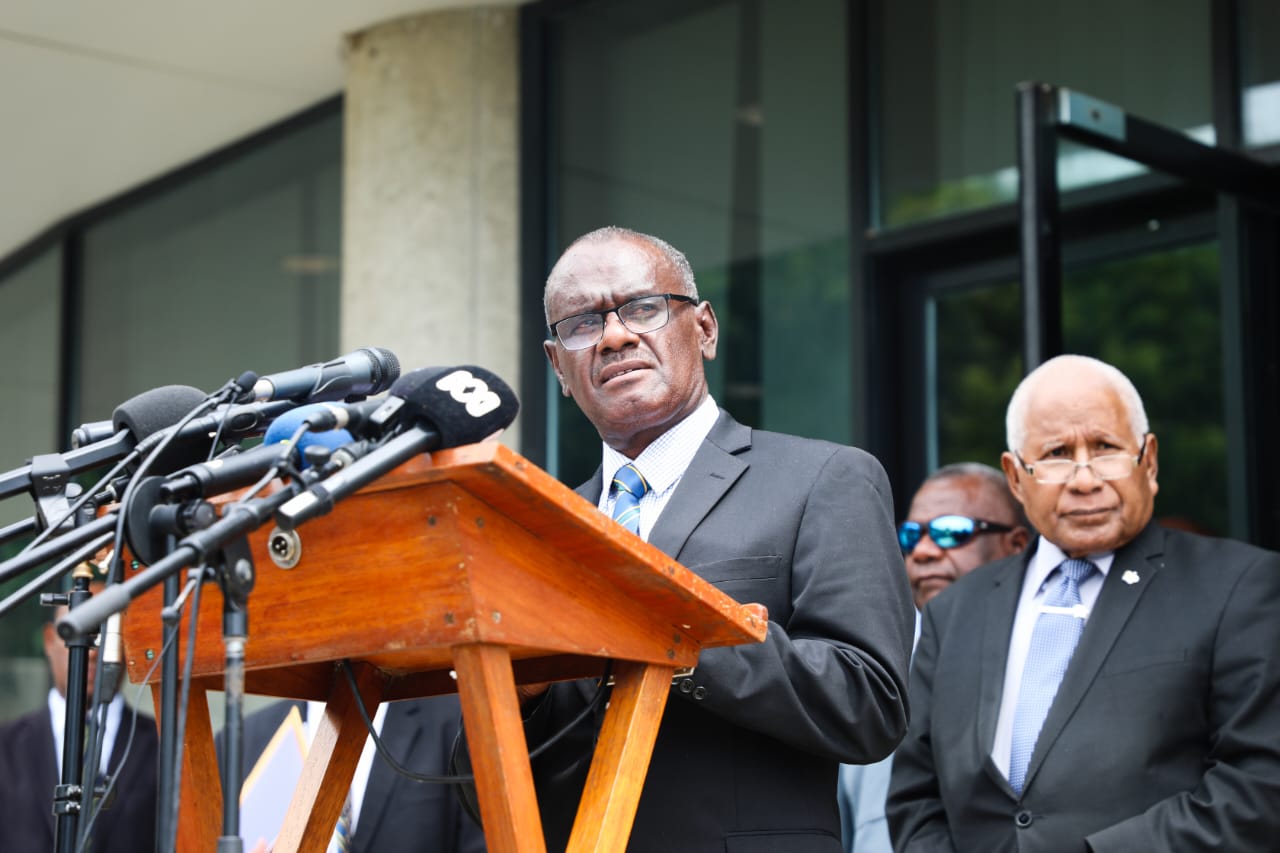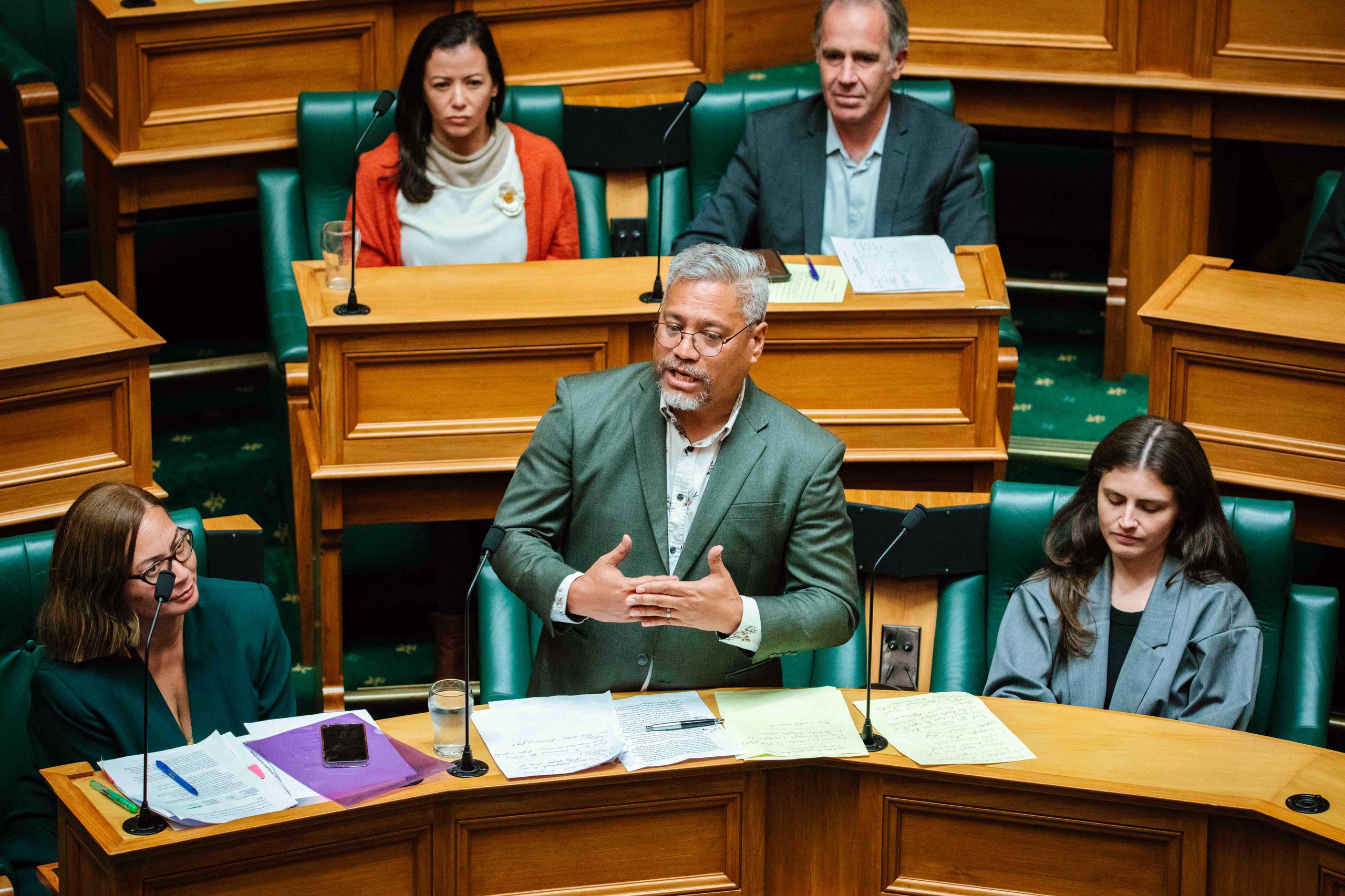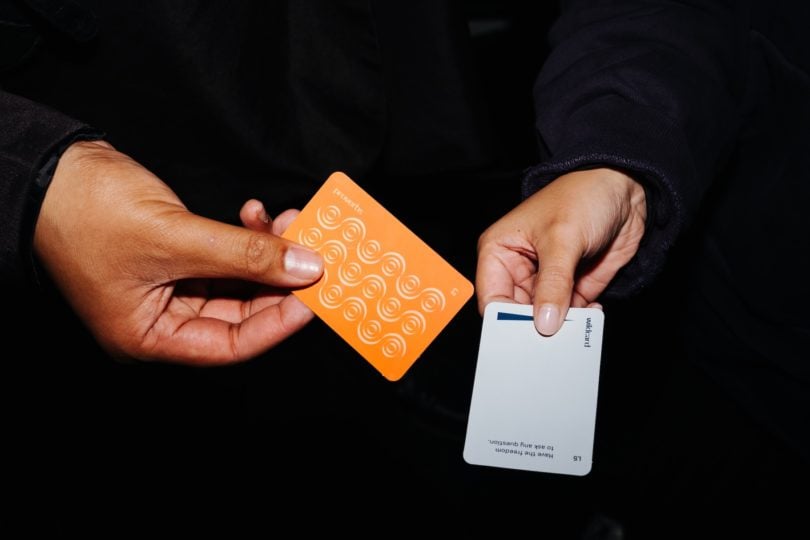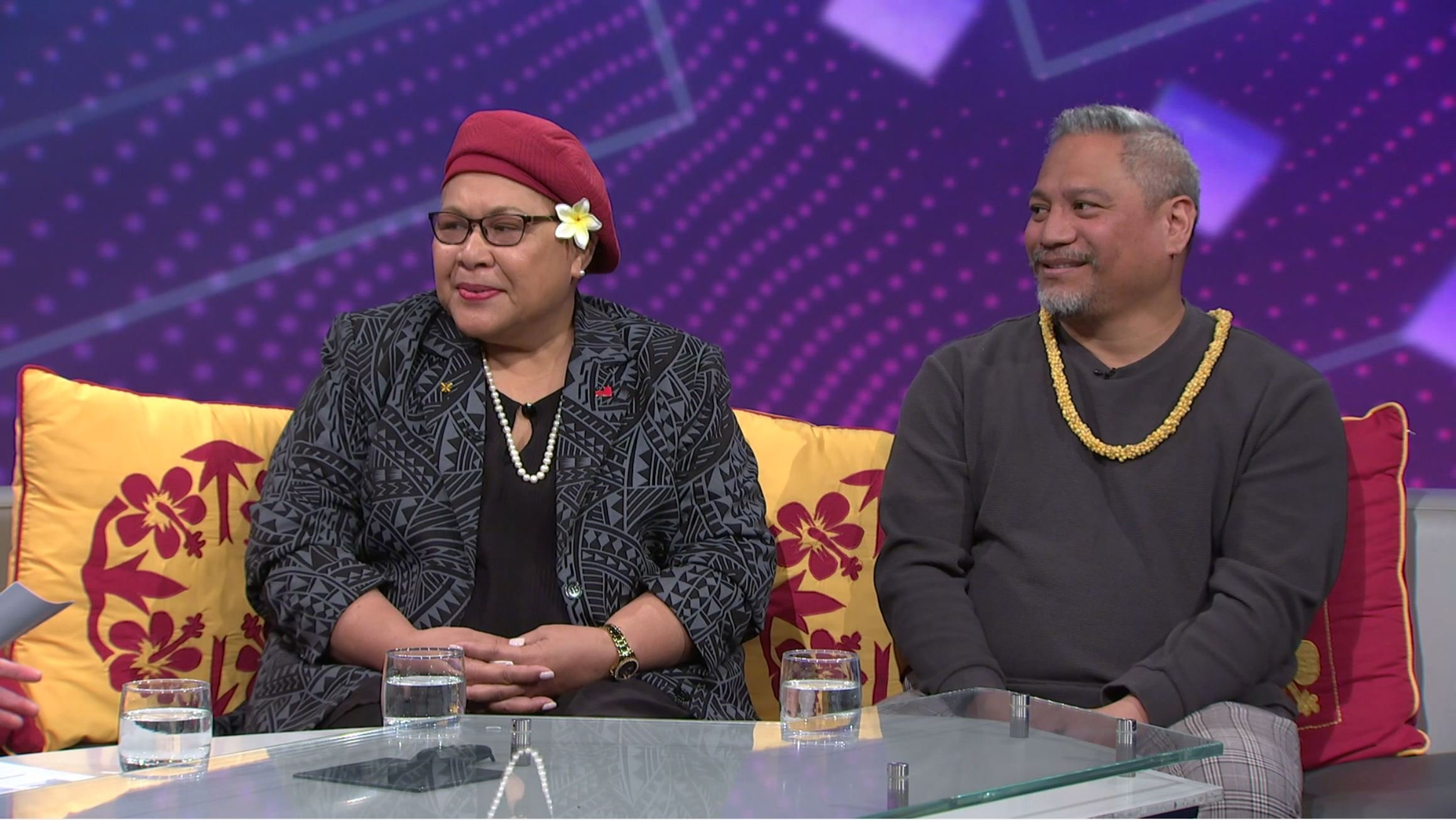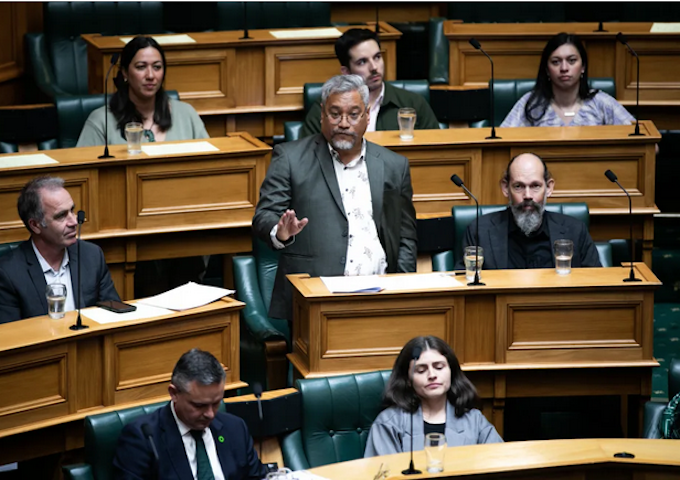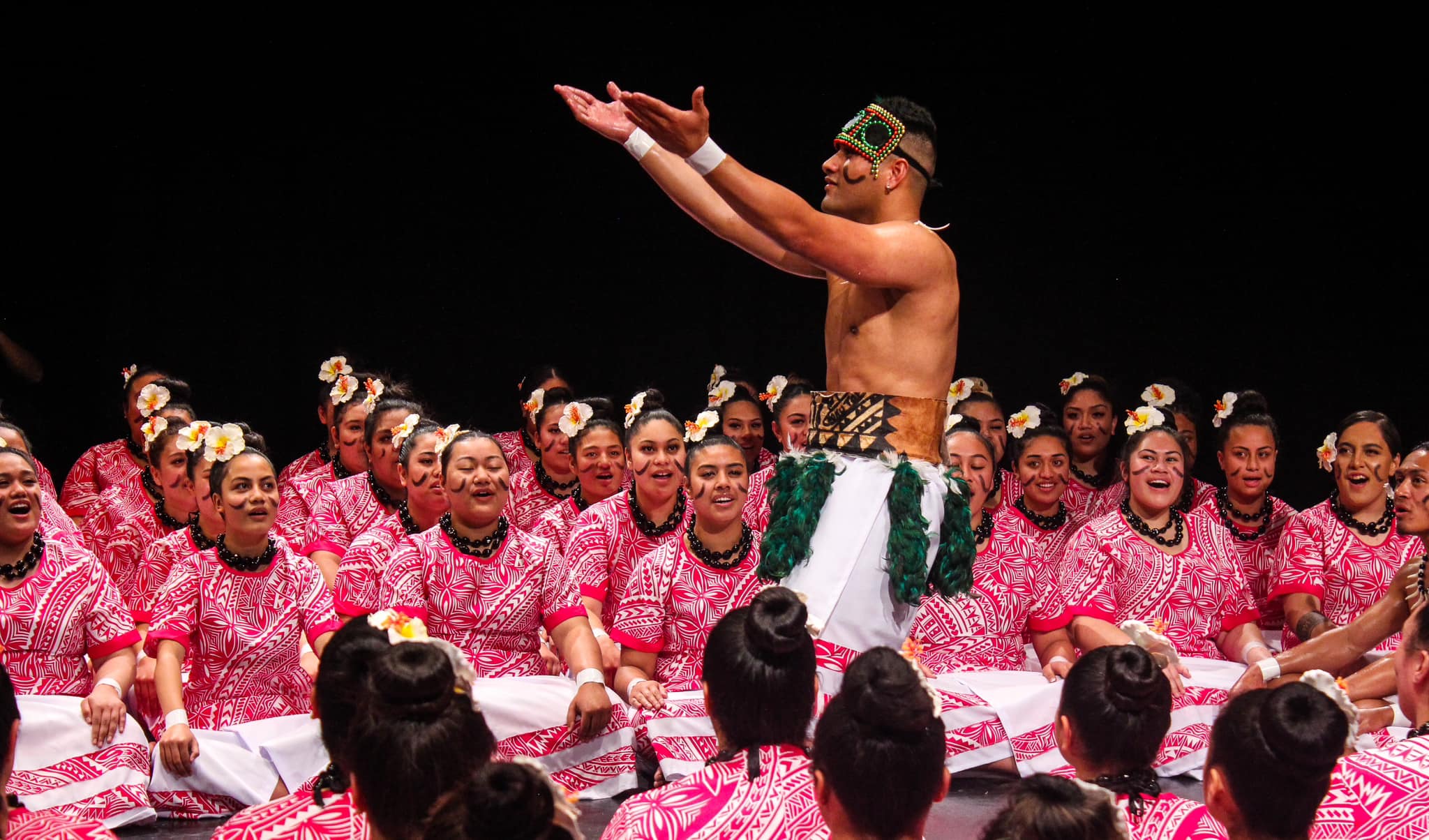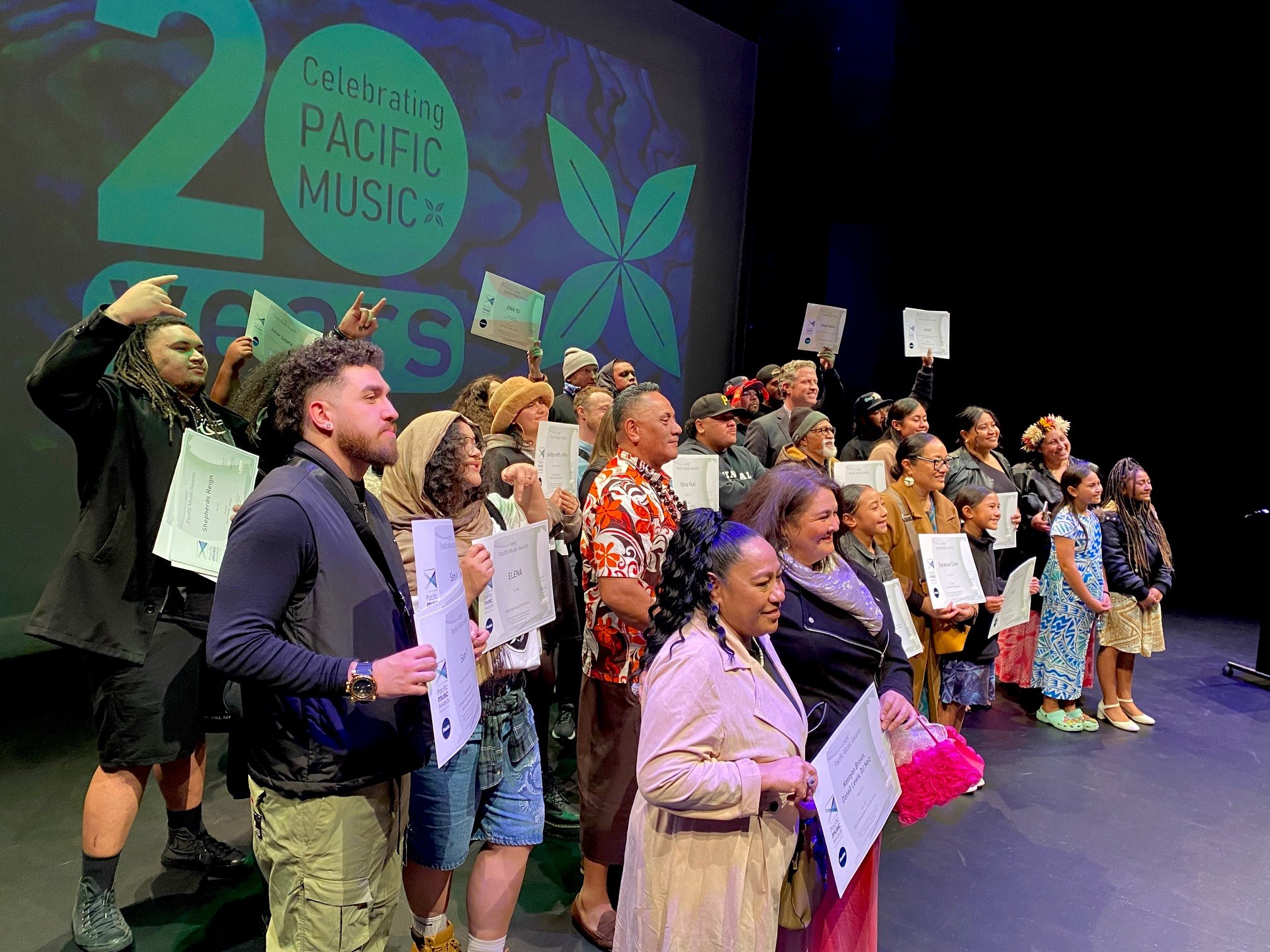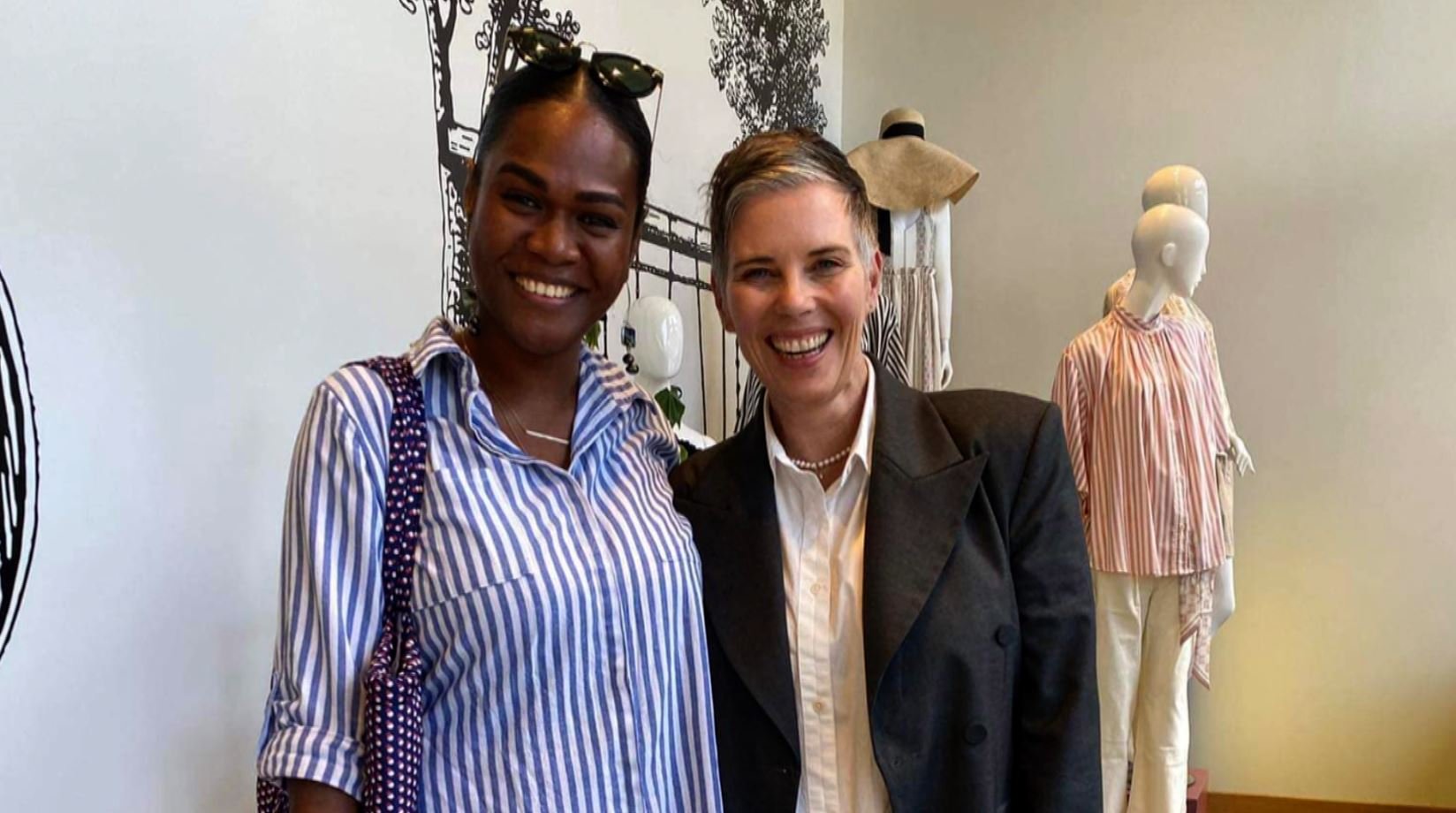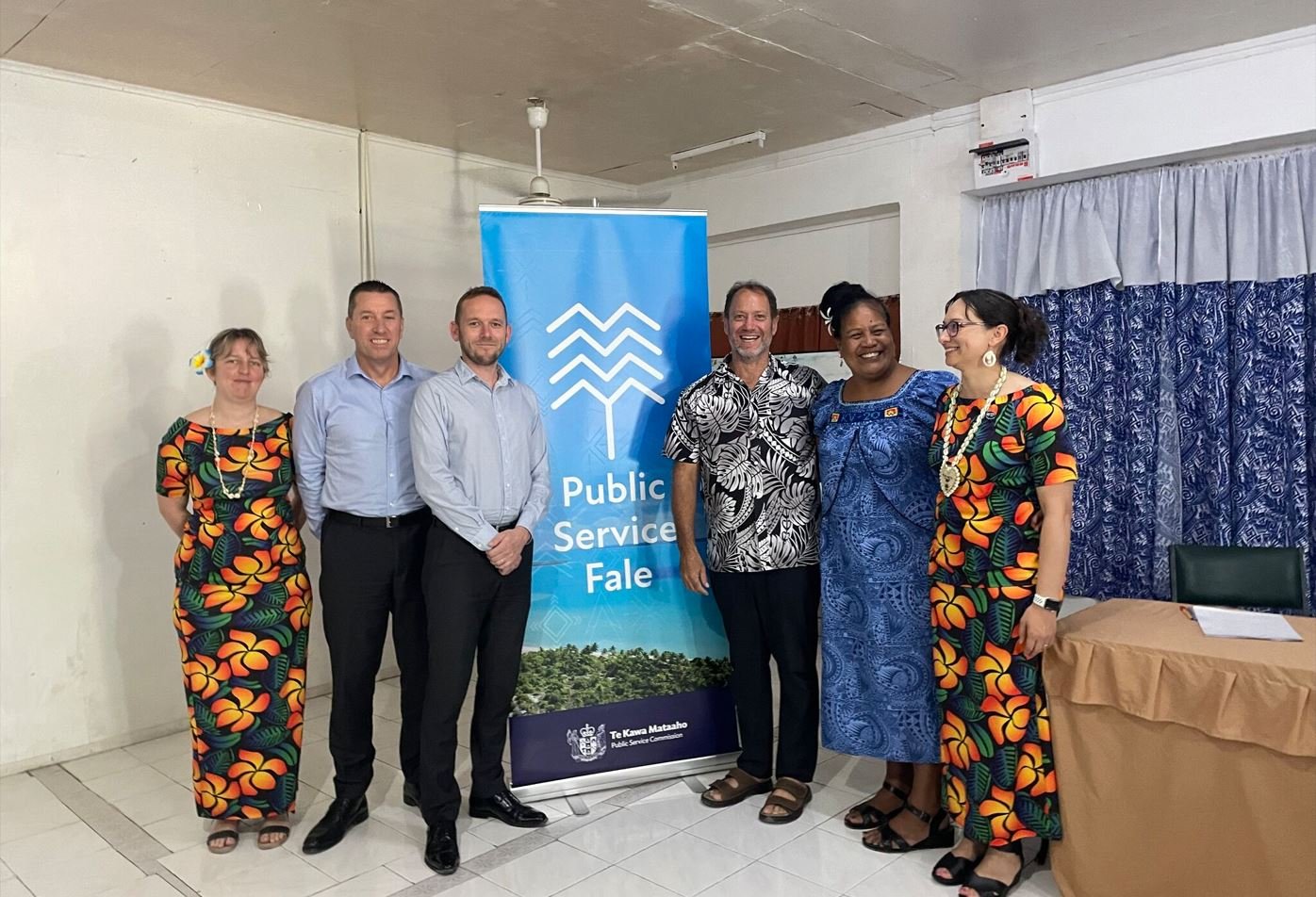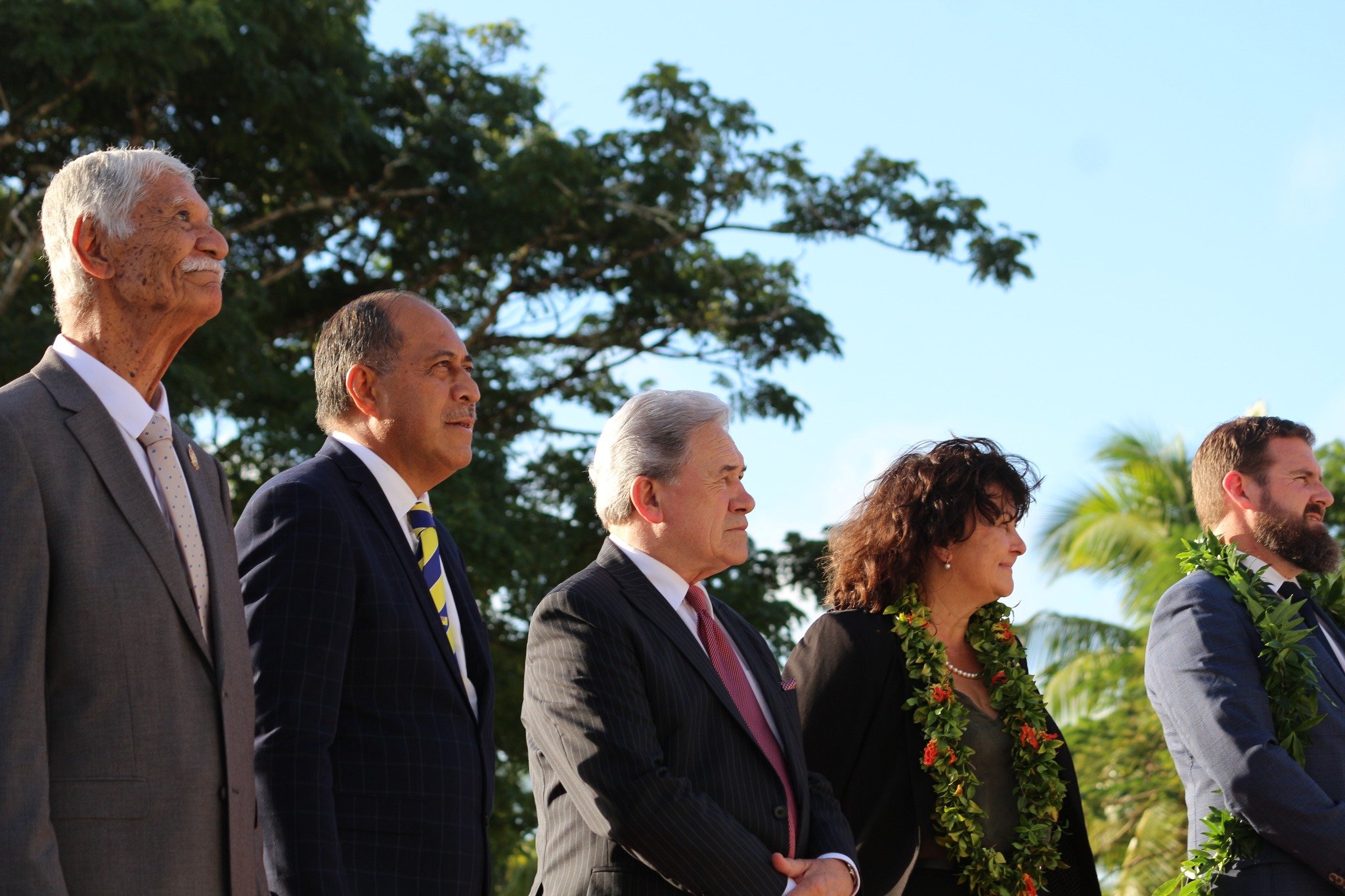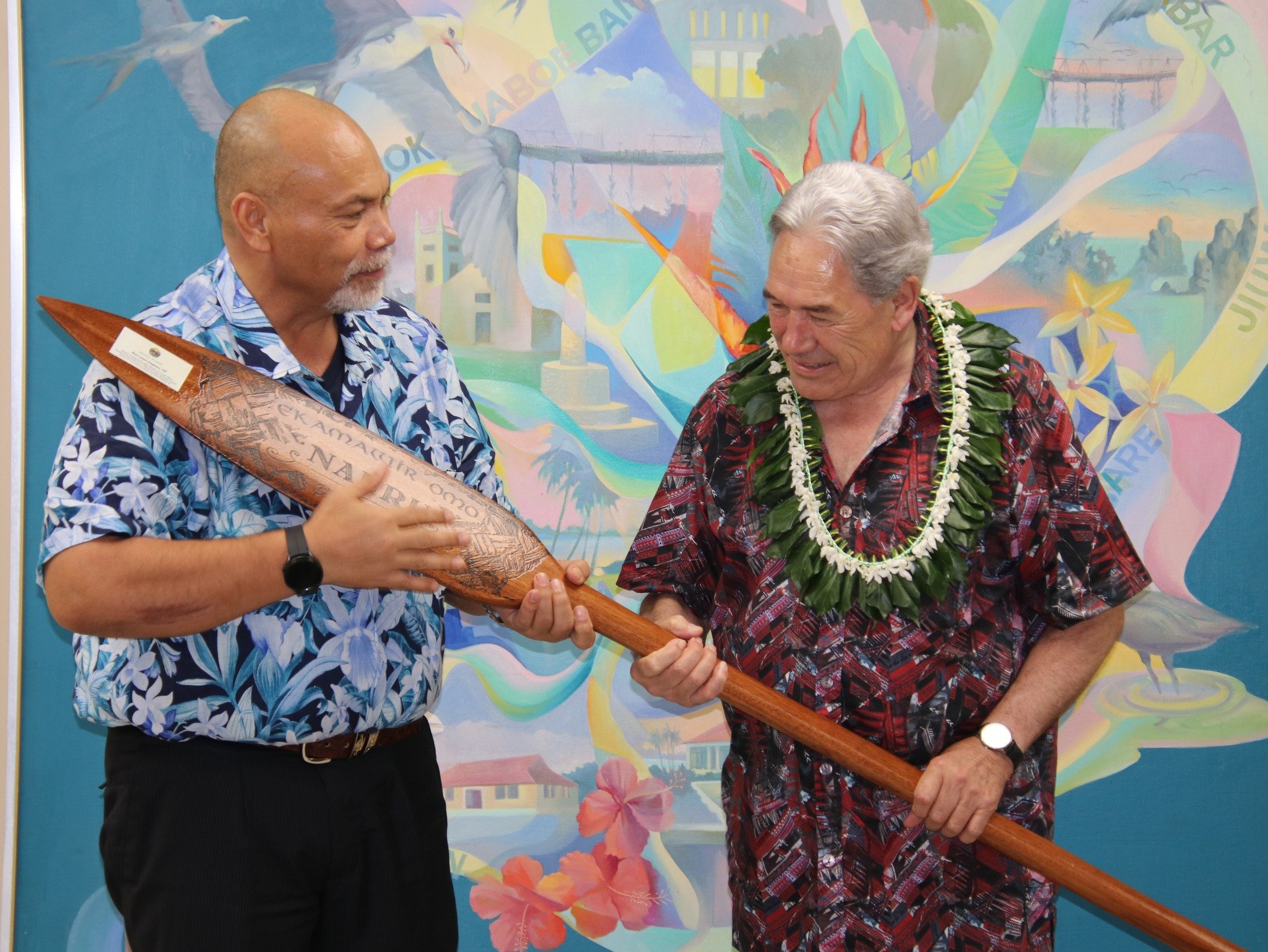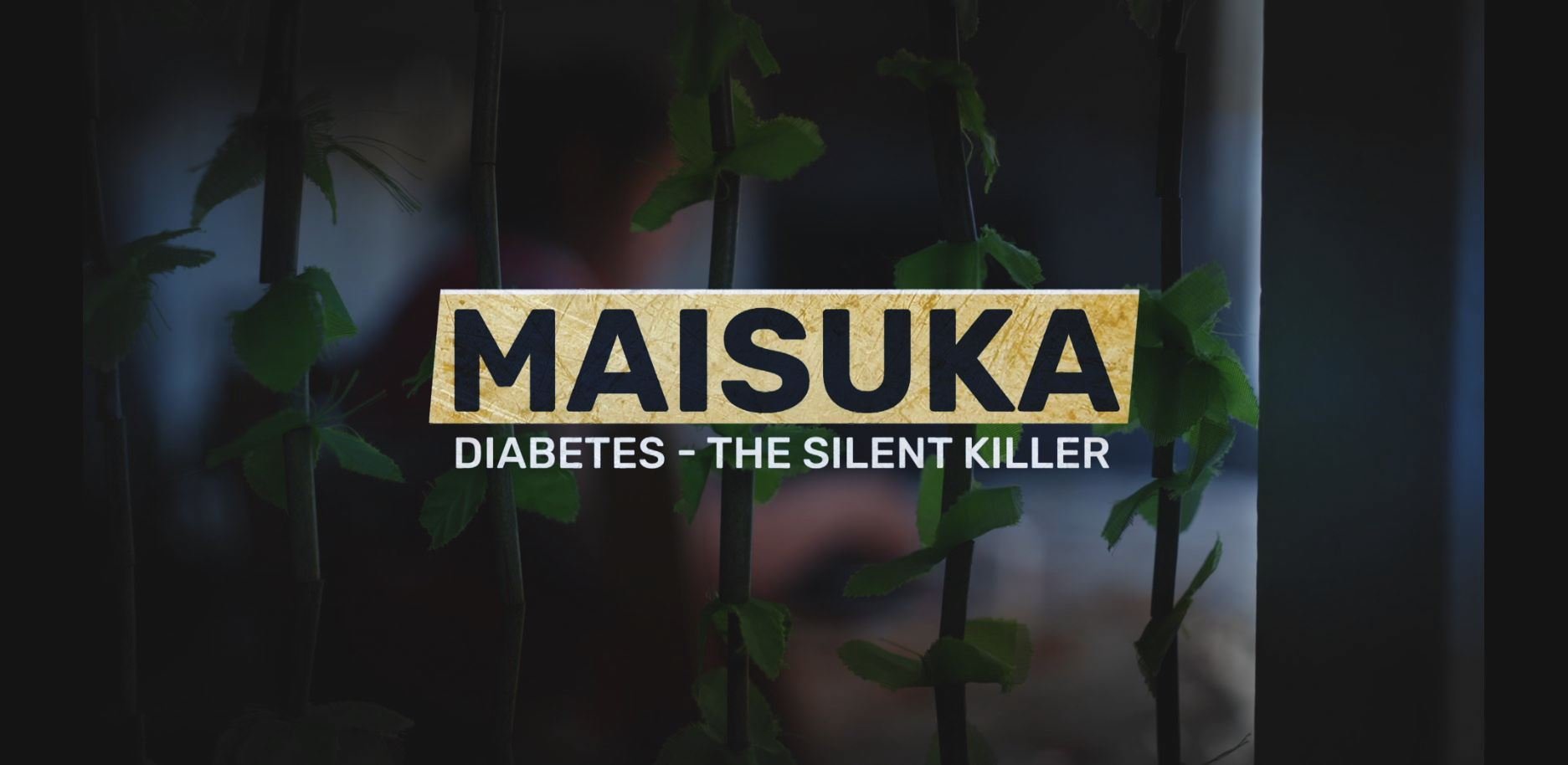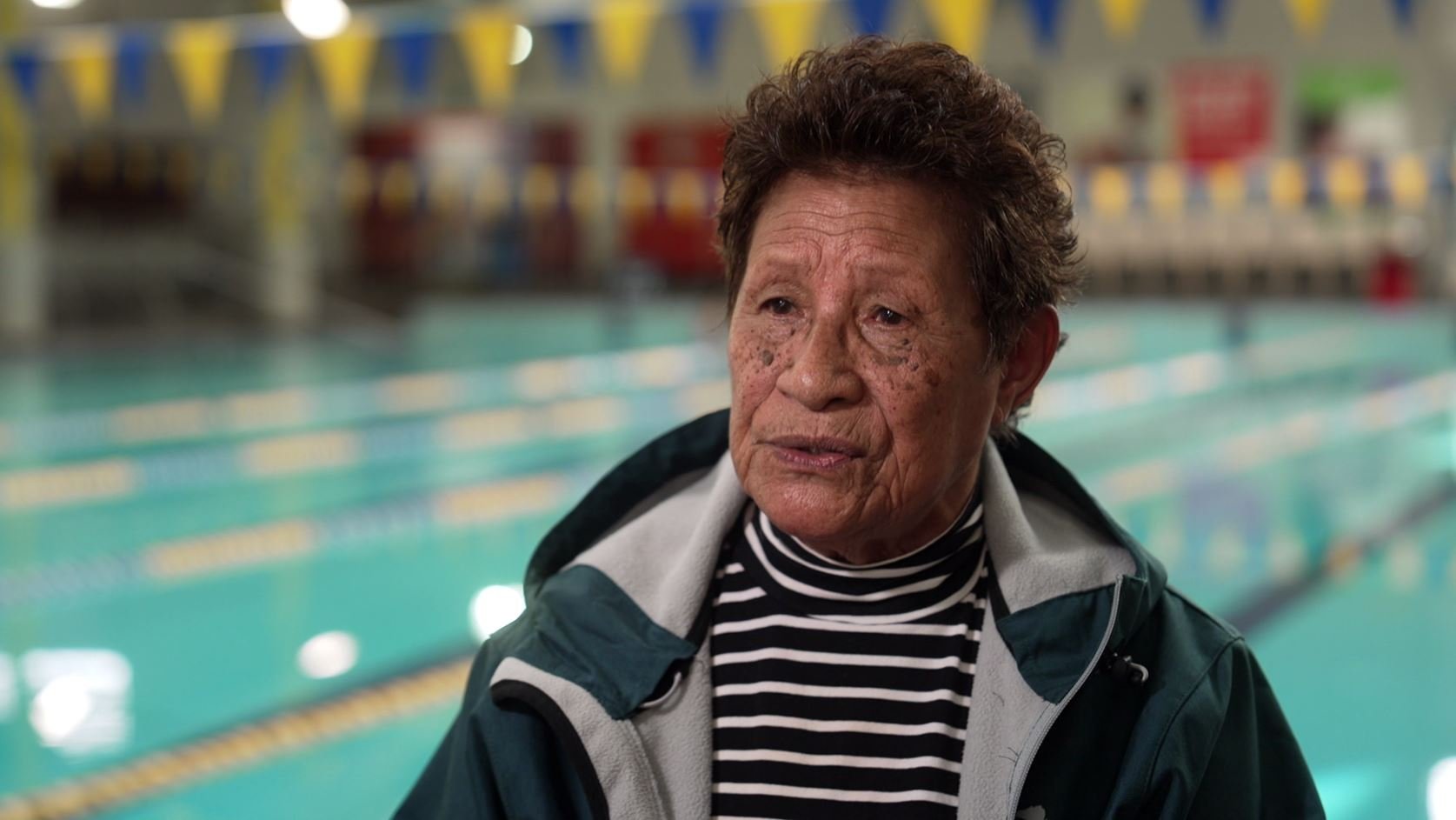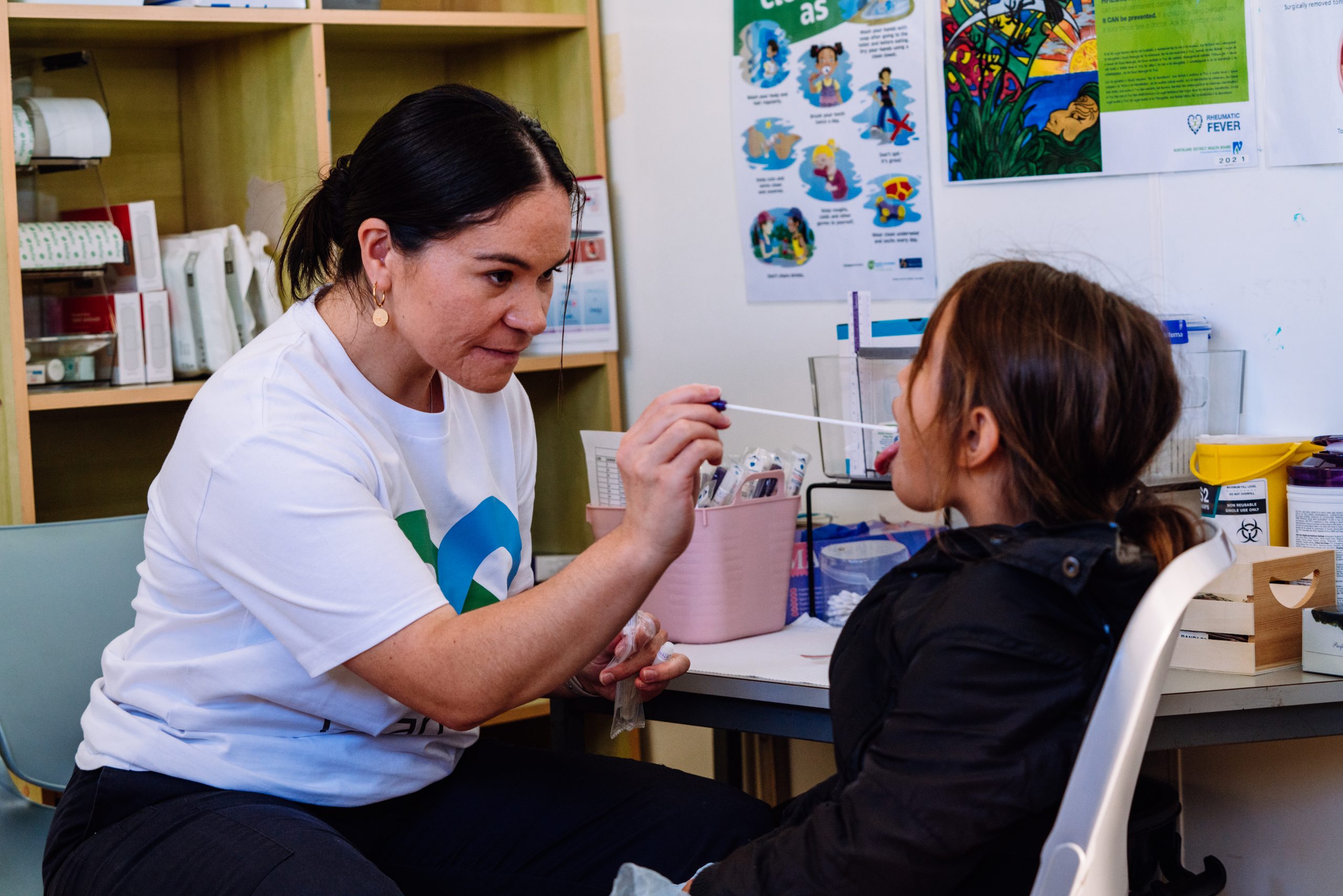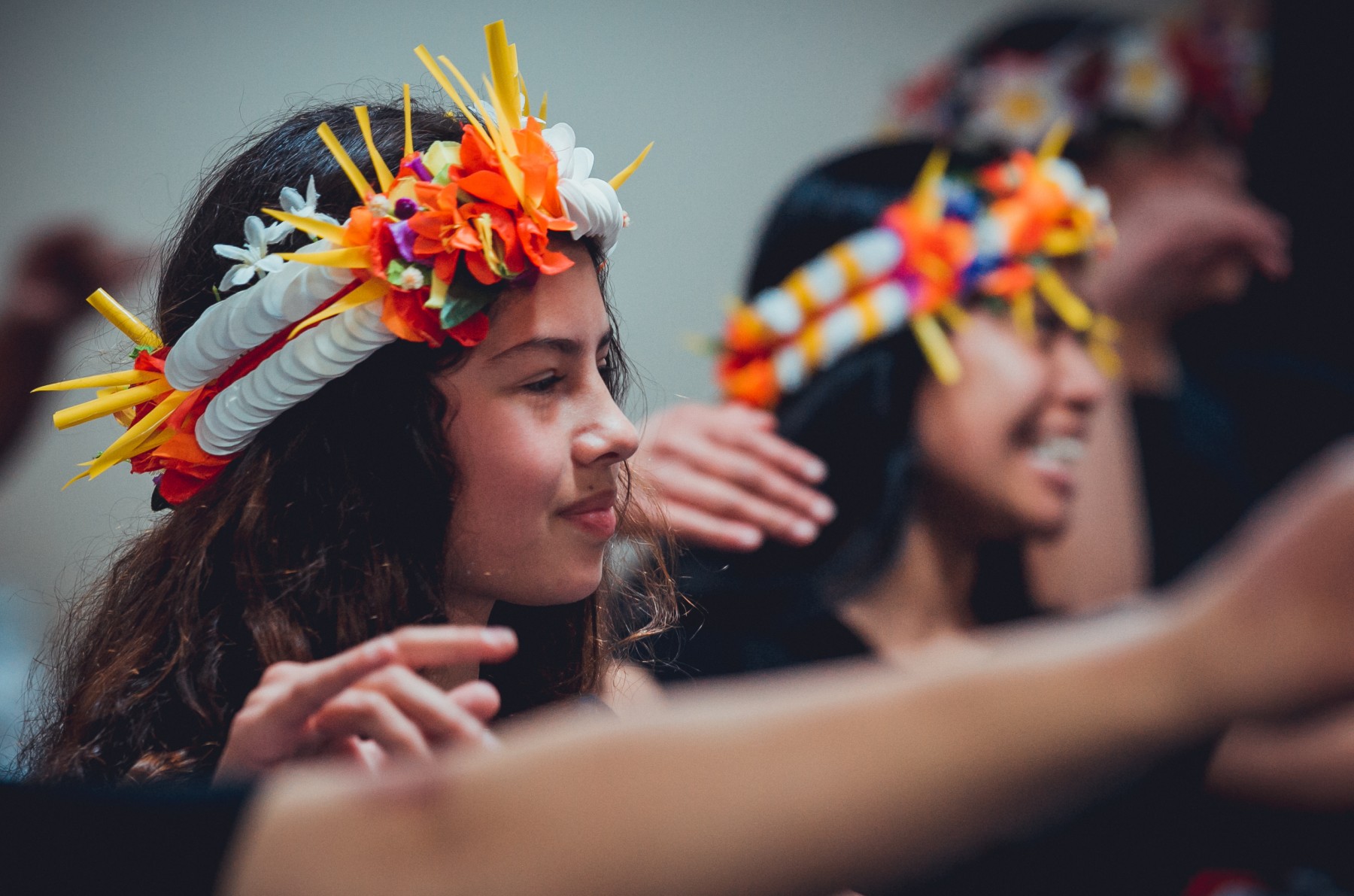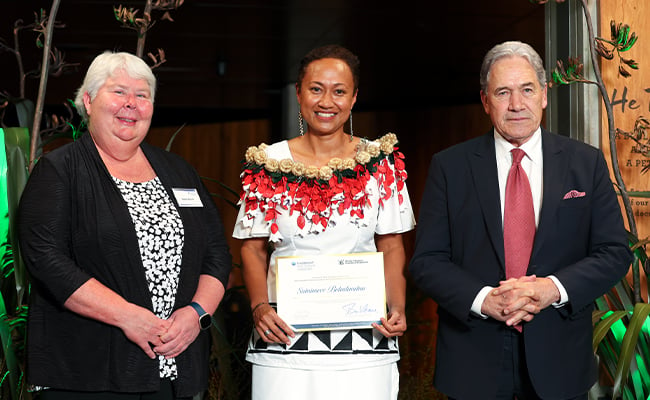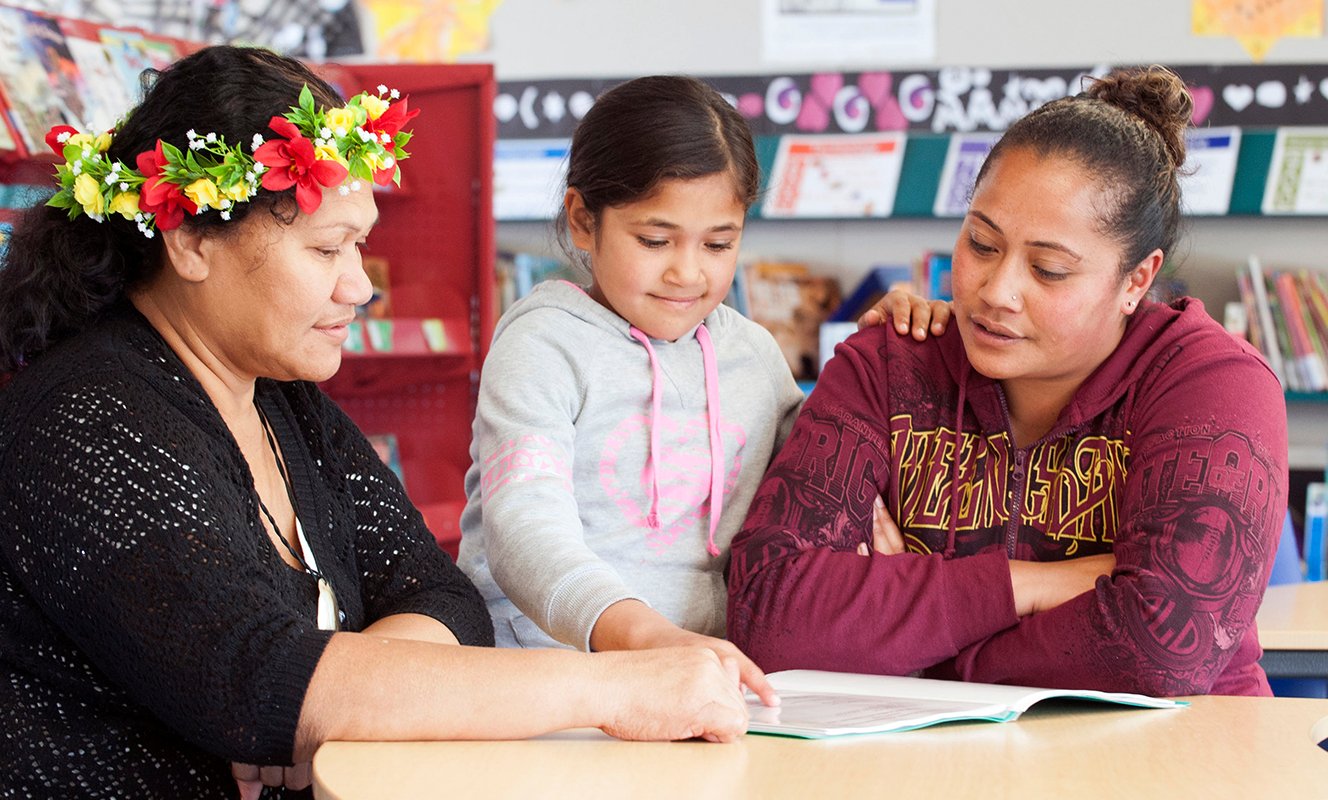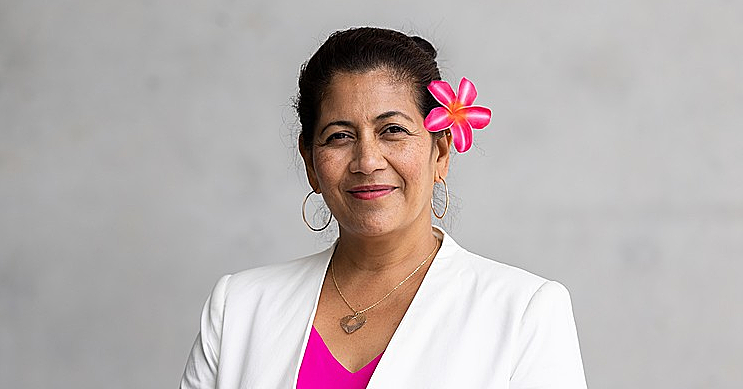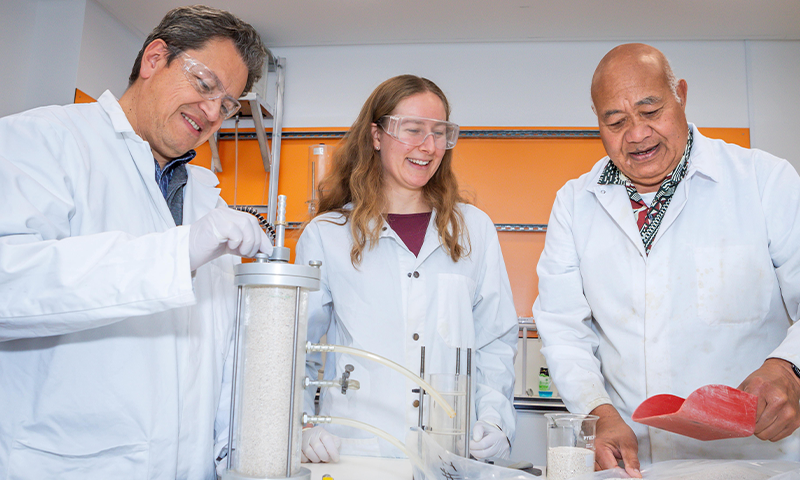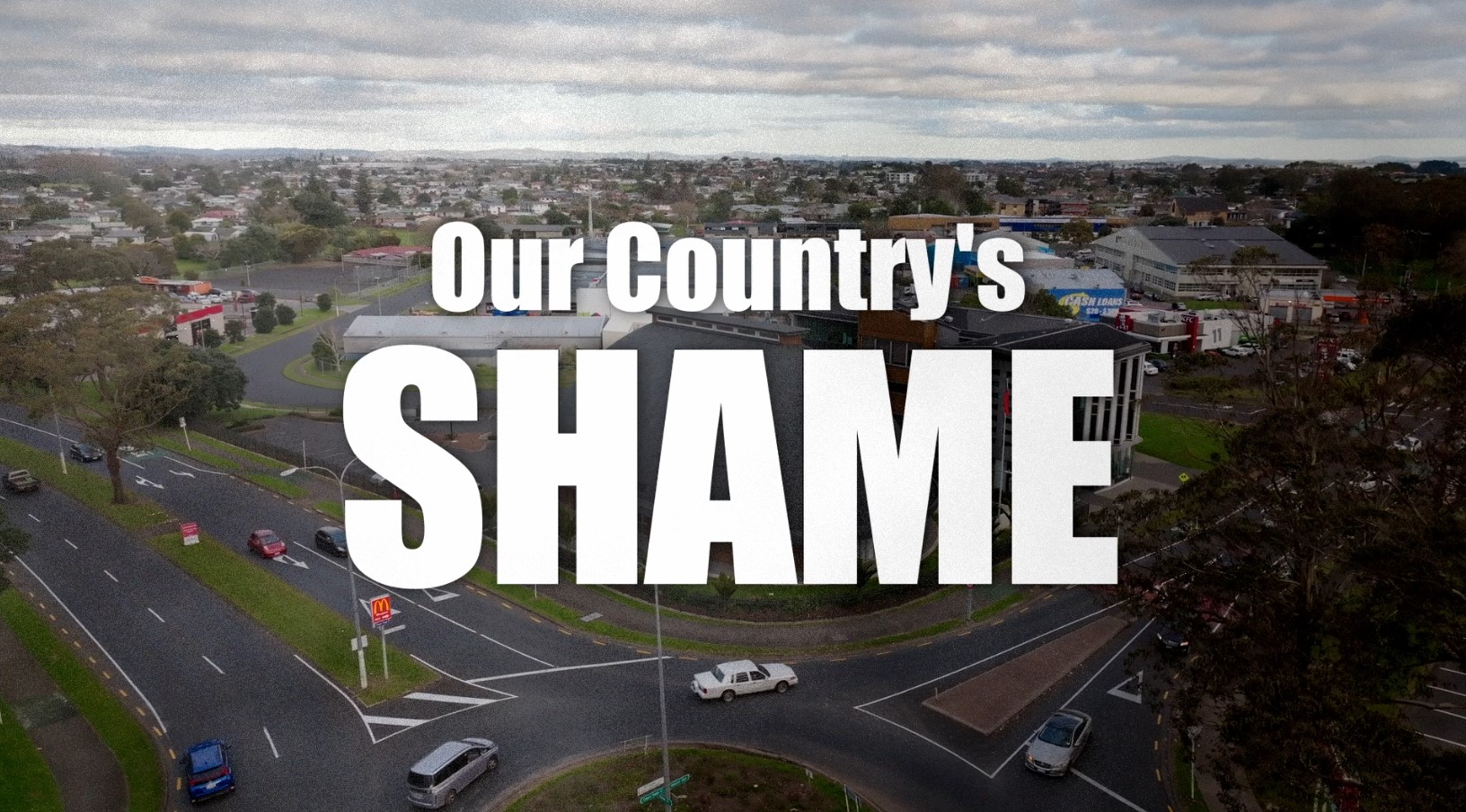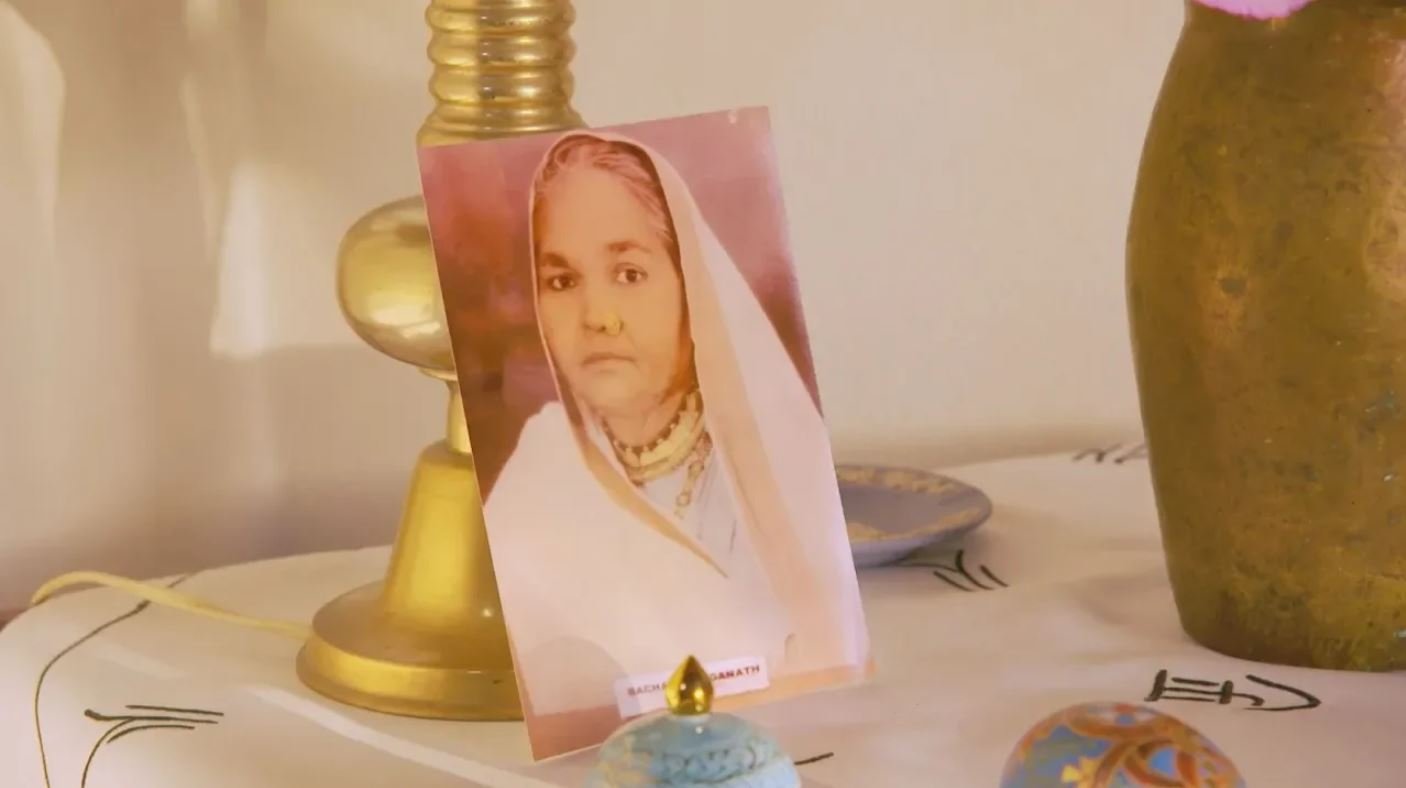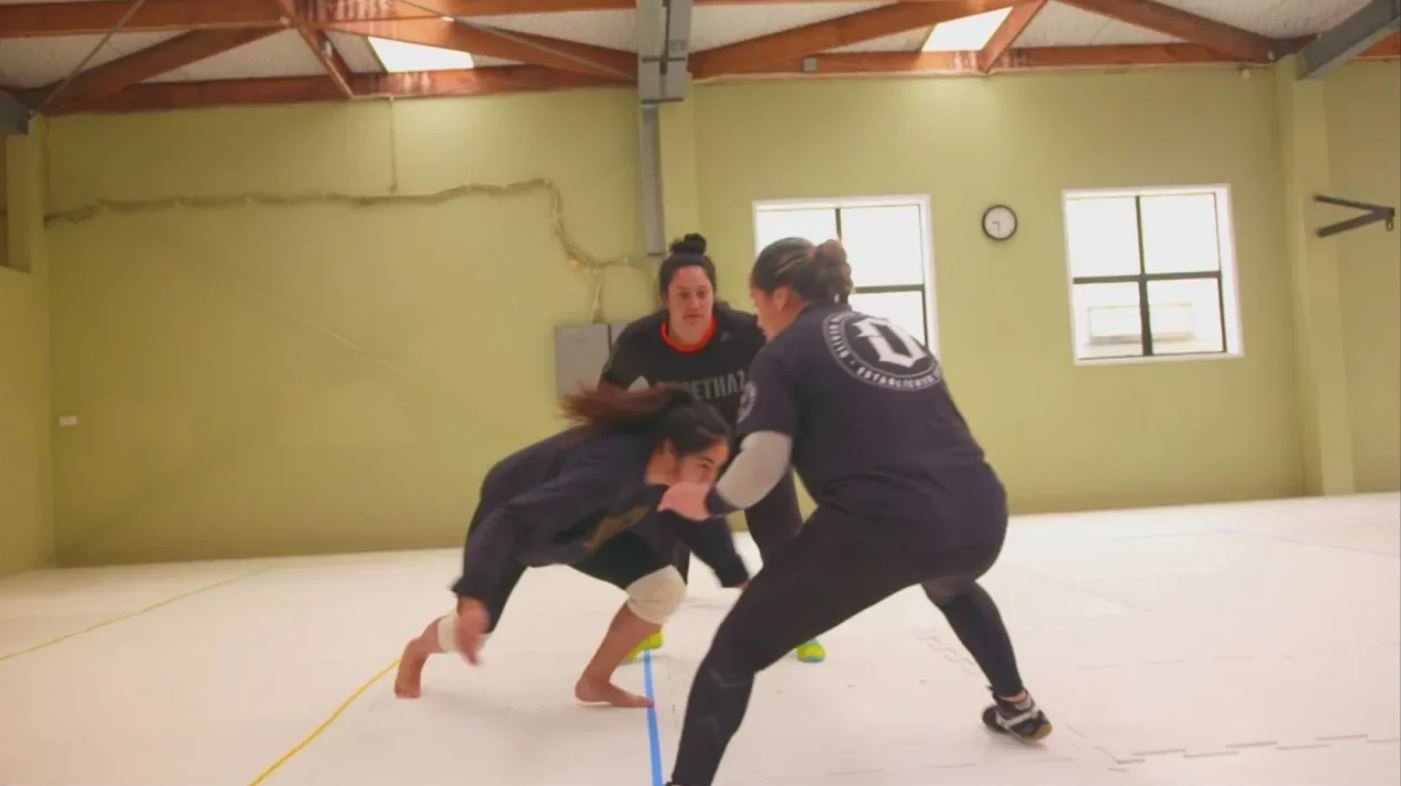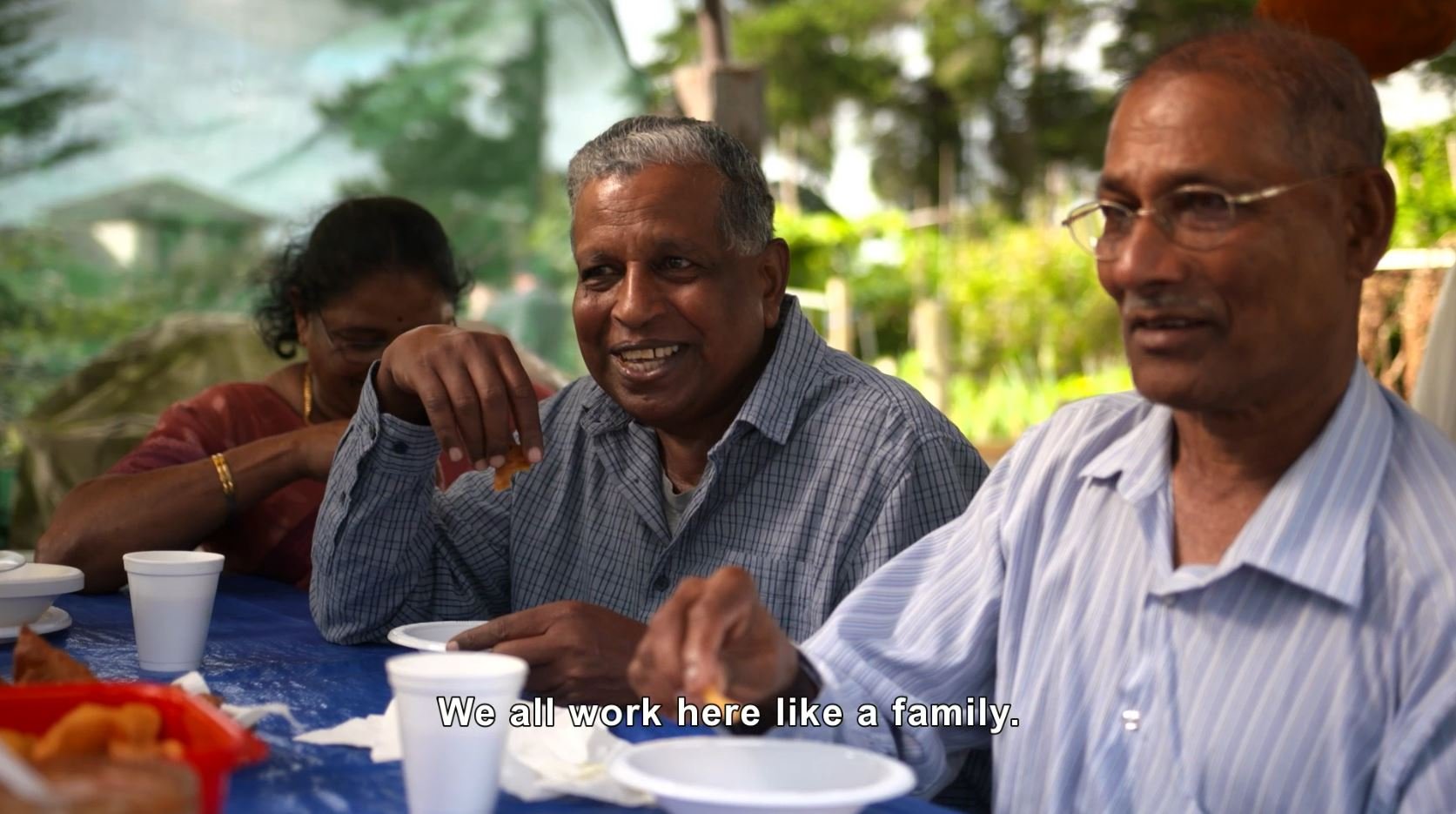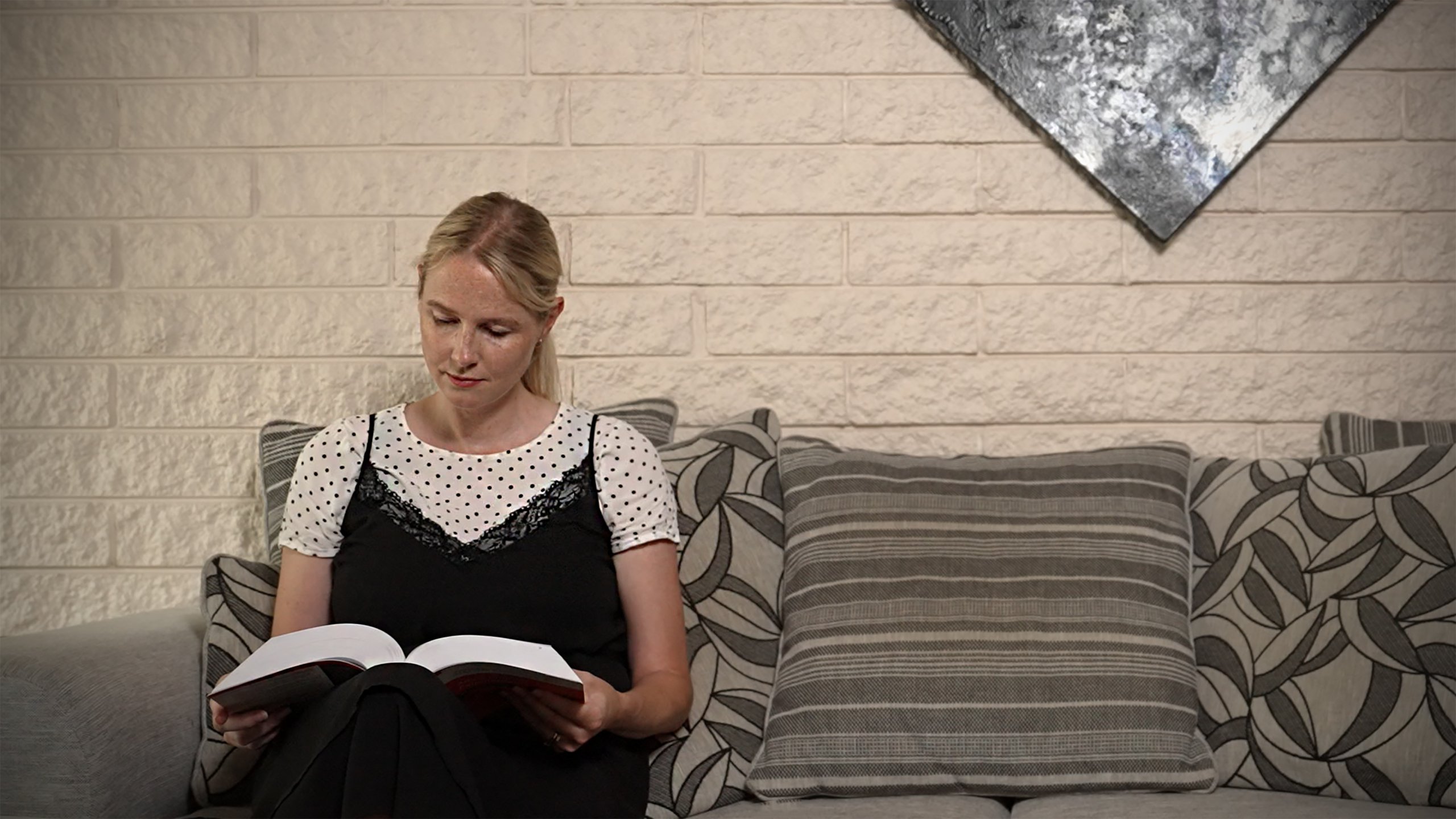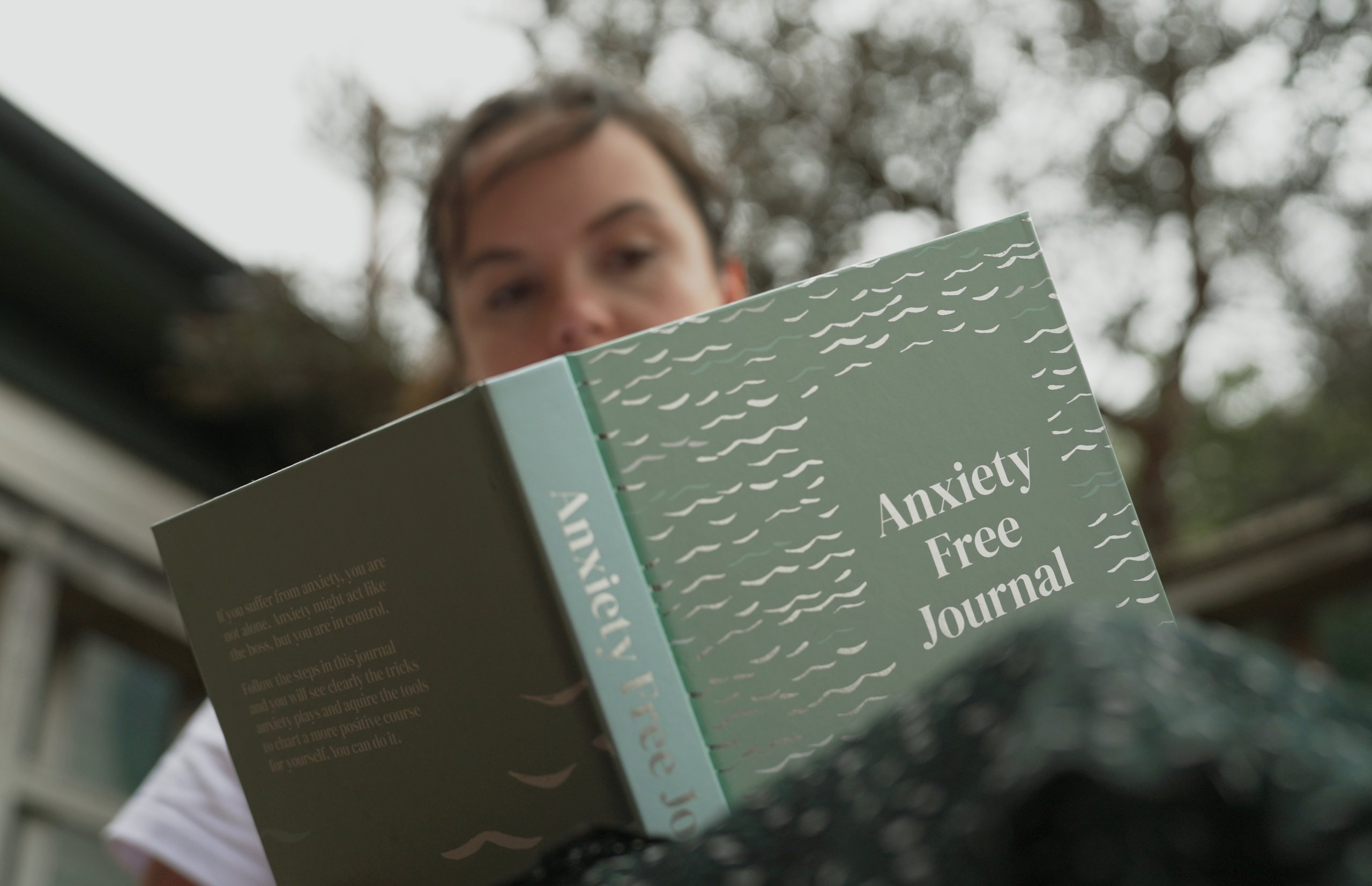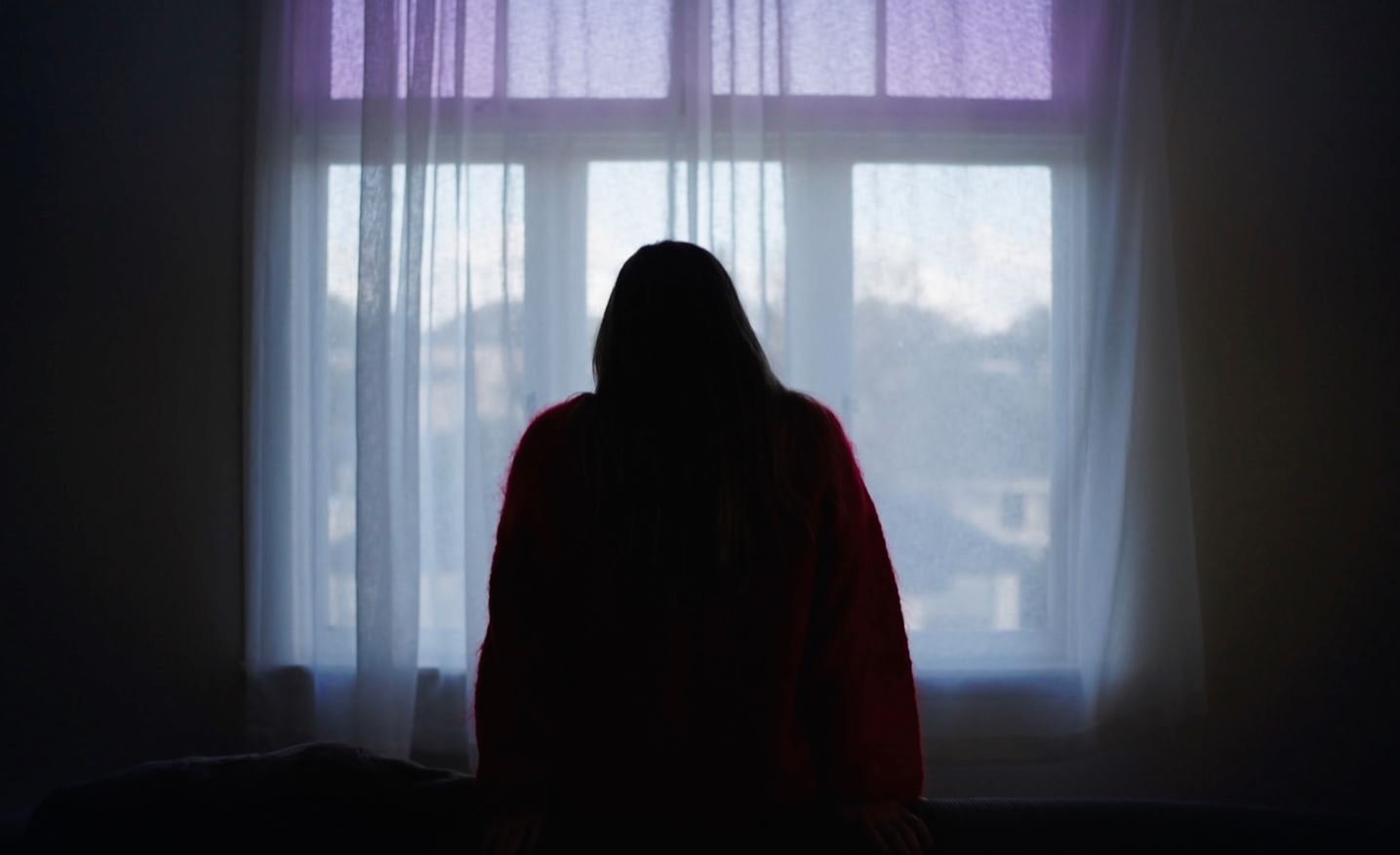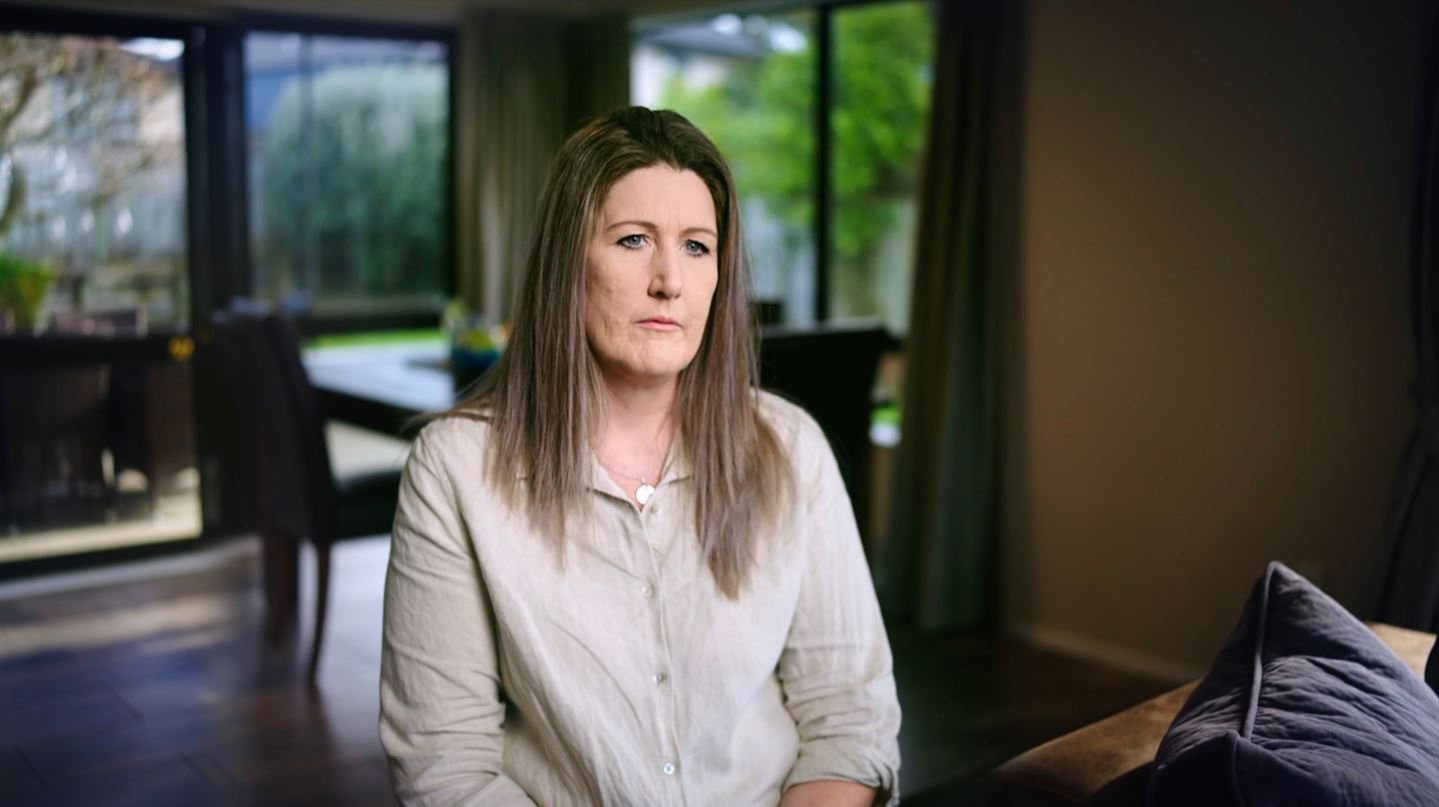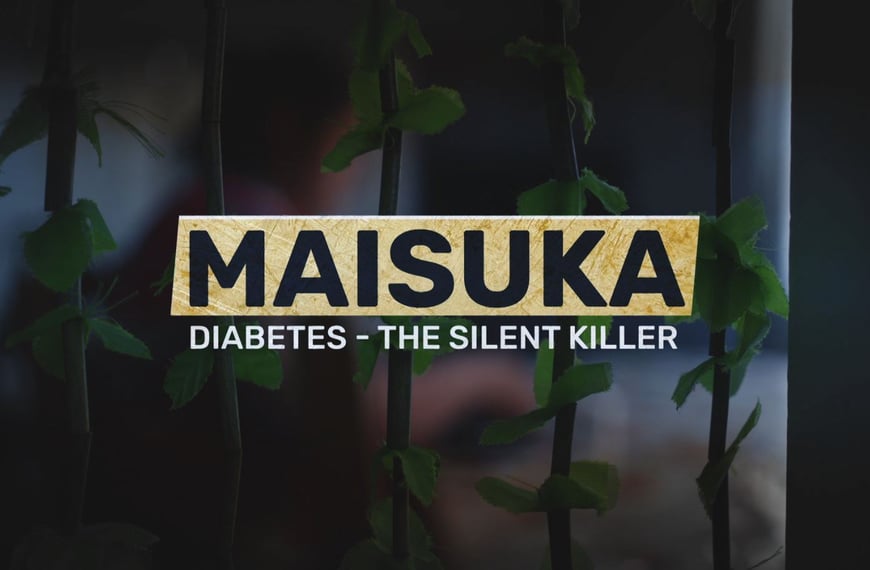Targeted screening is needed for Māori and Pacific children in south Auckland to tackle middle ear infections, a new paper says.
The paper, published in the New Zealand Medical Journal this week, was part of a study conducted by staff from the Manukau SuperClinic.
It looked at the use of grommets to treat children aged 0-4 with middle ear infections.
Grommets are ventilation tubes that are surgically inserted into the ear. They allow fresh air to circulate and help to clear infections.
Researchers compared the data from the Counties Manukau and Auckland district health boards to national averages.
The study found the use of grommets for Māori, Pacific and Asian children in Counties Manukau was less than half of that seen in the Auckland DHB area.
It was also lower than the national average.
The authors said that inequity suggested major barriers to treatment.
“Socio-economic status is one likely contributing factor, as suggested by both national and international findings,” the researchers said.
“Health inequities associated with poverty persist in New Zealand, despite children being able to access free primary healthcare and publicly funded interventions.
“Socio-economic factors may be contributing to this, given the difference in deprivation profiles of the Counties Manukau DHB and Auckland DHB populations.”
The study said there was a need for targeted screening to help pick up ear infections in children aged 2-3, and in those who missed their B4 School Check at 4 years old.
It said children from higher socio-economic areas were more likely to have better access to healthcare services and parents with higher levels of education and health literacy.
Other possible barriers related to socio-economic disadvantage, include the inability of parents to take time off work to take their children to appointments.
But the paper also said barriers to health service access relating to ethnicity could not be overlooked.
“Adverse impacts of colonisation on Māori wellbeing stem from key losses including land, cultural identities, political/economic independence and whānau Māori as a protective collective.
“The resulting effect is that Māori (and Pacific) groups continue to face access barriers at multiple stages throughout the clinical continuum (for example, at screening, follow-up and treatment).”
Report author Dr Julia Seo said she hoped the Manukau SuperClinic study would shine a light on disparities in the health system.
“We’re hopeful that with the introduction of the health reforms and the creation of a Māori Health Authority some of these disparities will be able to be addressed.”

